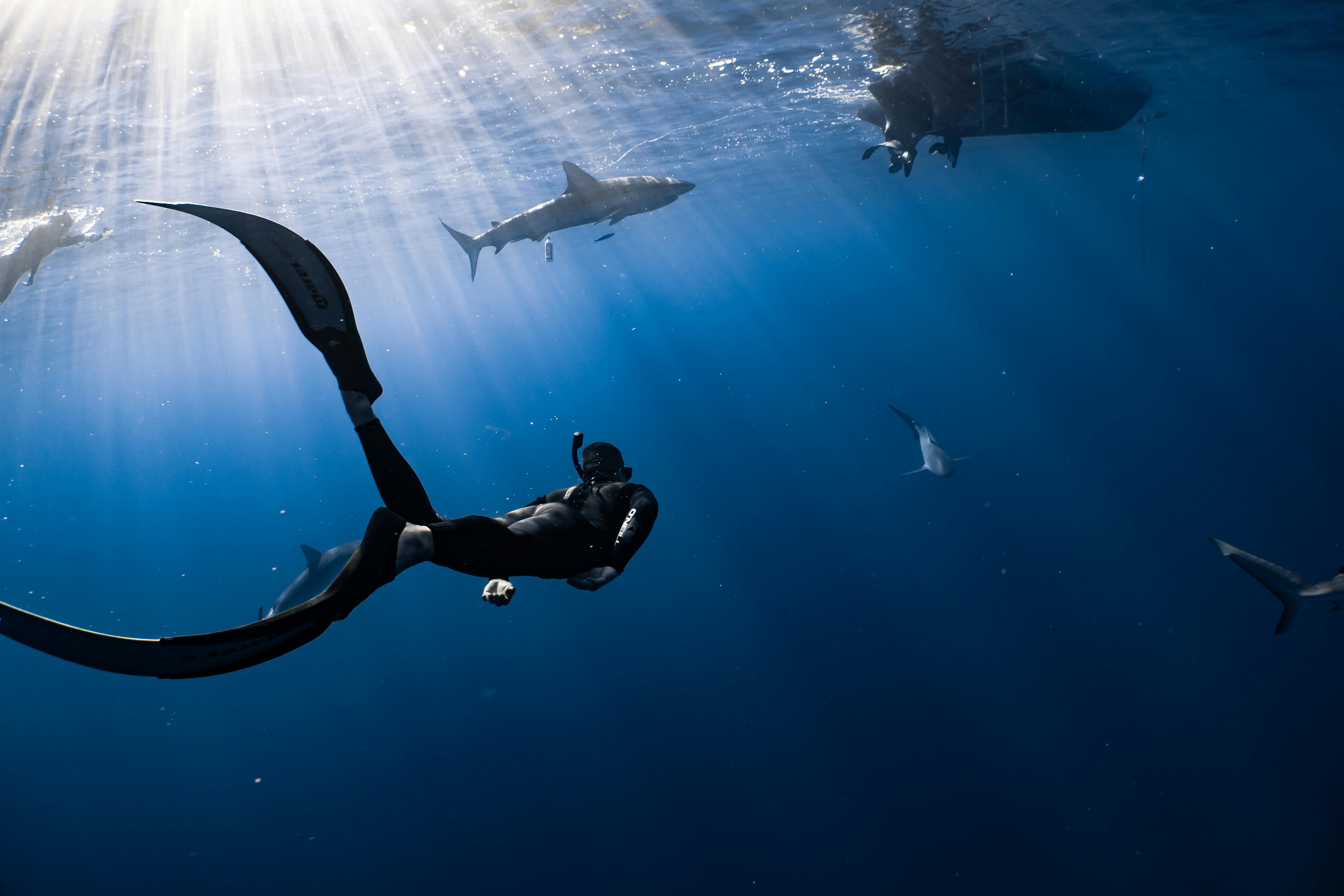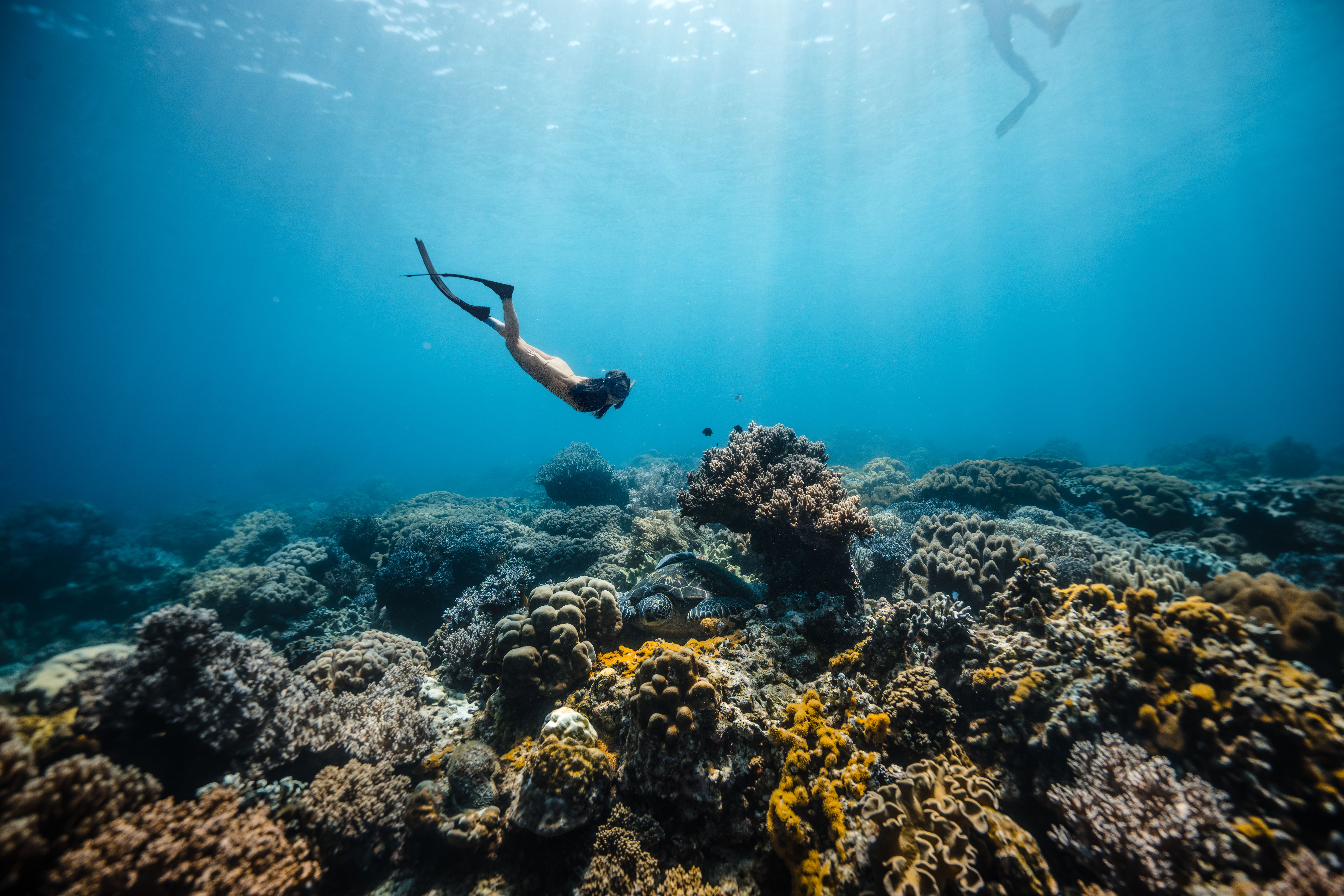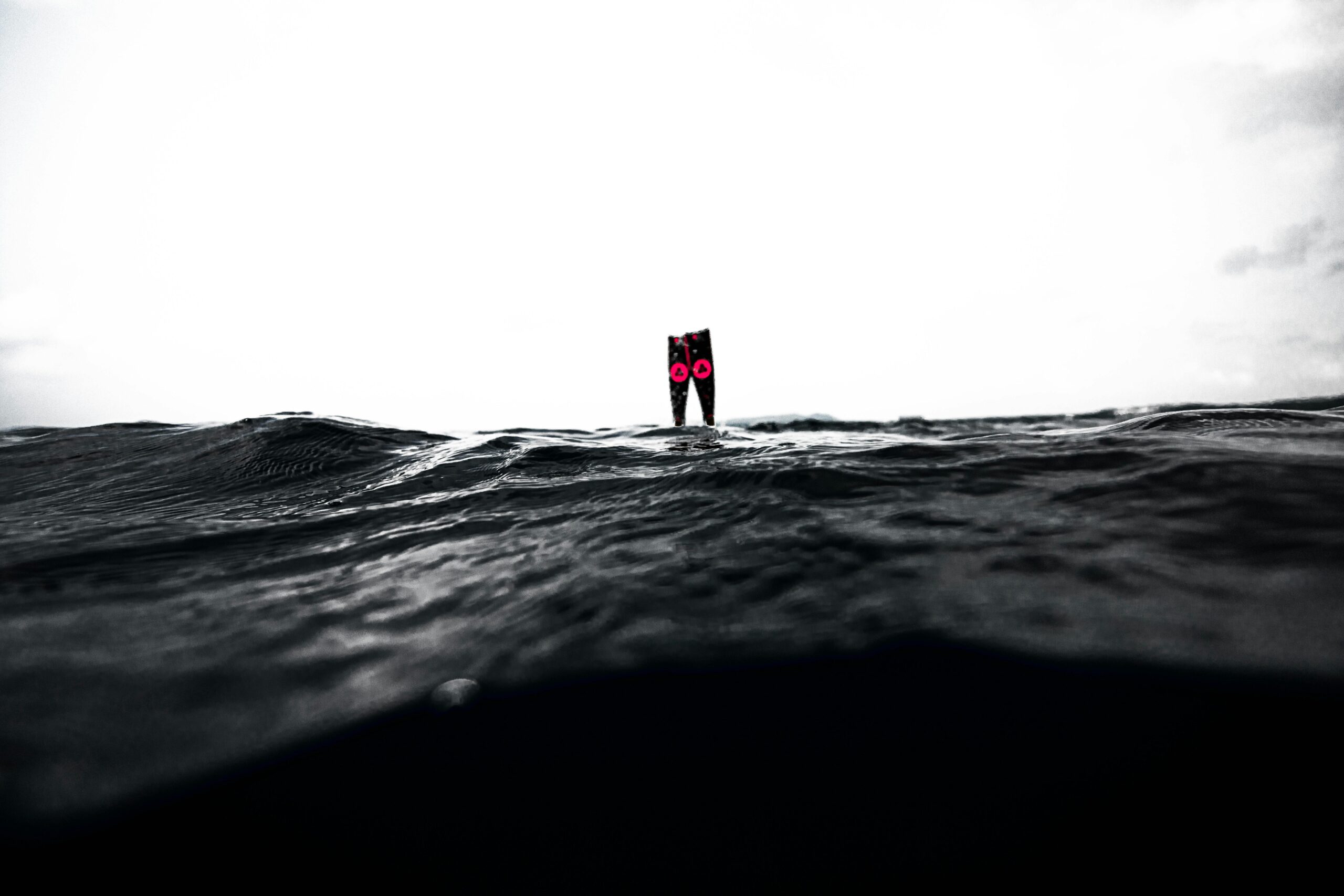Freediving, also known as breath-hold diving, is the practice of diving underwater without the use of breathing apparatus, relying solely on one’s ability to hold their breath. While it can be an exhilarating and meditative experience, it’s natural to ask: “Is freediving dangerous?” In this article, we will explore the risks associated with freediving, how to mitigate them, and the safety precautions every freediver should take.
Understanding the Risks of Freediving
Freediving is inherently risky due to the extreme conditions the body is exposed to while diving deep underwater on a single breath. The main dangers include shallow water blackouts, barotrauma, and encounters with marine life.
Shallow Water Blackouts
Shallow water blackouts occur when a diver loses consciousness due to a lack of oxygen, typically during the ascent. This is one of the most common and serious risks associated with freediving. It can happen without warning and even to those who are experienced and well-trained.
Barotrauma
Barotrauma refers to the injury caused by pressure changes, including damage to the ears, sinuses, and lungs. As a freediver descends, water pressure increases, and the air in the body’s cavities compresses, which can lead to discomfort and potential injuries if not managed correctly.
Marine Life Encounters
While attacks are rare, freedivers are more likely to encounter marine life than scuba divers due to the lack of noisy breathing apparatus. It’s important to be aware of the marine life in the area where you’re diving and to know how to behave to minimize risks.

How Dangerous Is Freediving?
To answer the question “How dangerous is freediving?” we need to look at the statistics and factors that affect freediving safety. Although it’s challenging to find comprehensive data on freediving accidents, the sport is considered high-risk. However, with proper training, adherence to safety protocols, and diving within one’s limits, the risks can be greatly reduced.
Safety Tips for Freedivers
Safety should be the primary concern for anyone interested in freediving. Here are some crucial safety tips every freediver should follow:
Never Dive Alone
Always dive with a buddy and keep a close eye on each other. Your dive buddy should be trained in rescue techniques and know how to assist if you encounter any problems.
Get Proper Training
Enroll in a certified freediving course to learn about breath-holding techniques, equalization, safety procedures, and rescue skills. Professional training is essential to dive safely.
Know Your Limits
Be aware of your physical and mental limits and do not attempt to exceed them. Gradually increase your depths and breath-hold times as you gain experience and confidence.
Use the Correct Equipment
Invest in proper freediving gear, including a low-volume mask, suitable fins, and a wetsuit for thermal protection. Quality gear can enhance your performance and safety.

Practice Surface Recovery Breathing
Learn and consistently practice the correct surface recovery breathing techniques to replenish oxygen and expel carbon dioxide effectively after a dive.
Plan Your Dive
Plan every dive carefully, taking into consideration the dive site conditions, your skills, and your physical state. Be prepared to abort the dive if conditions are not ideal.
Monitor Conditions
Be aware of water conditions such as current, visibility, and temperature. Environmental factors can significantly impact your safety during a dive.
Avoid Hyperventilation
Hyperventilating before a dive can lead to shallow water blackouts. Instead, practice calm, deep breathing to prepare your body for the dive.
Equalize Early and Often
Begin equalizing before you feel discomfort and continue to do so regularly throughout your descent to prevent barotrauma.
Ascend Slowly
Always ascend slower than your smallest exhaled bubbles to avoid lung overexpansion and allow your body to off-gas carbon dioxide effectively.

Deep Diving Considerations
When it comes to deep diving, the risks increase substantially. Here are additional precautions for those interested in exploring greater depths:
Advanced Training
Seek out advanced freediving courses that specifically address deep diving techniques and safety measures.
Dive Computers
Utilize a dive computer designed for freediving to monitor your depth, dive time, and surface intervals, helping you dive within safe parameters.
Safety Lanyards
Consider using a safety lanyard, which attaches you to a dive line, ensuring you have a guide to follow during your ascent and descent.
Safety Divers
For deep dives, have safety divers present who can meet you at predetermined depths during your ascent to provide assistance if needed.
Is Freediving Dangerous for Beginners?
Freediving can be particularly dangerous for beginners who lack experience and training. Beginners should take special care to:
- Start with a reputable beginners’ freediving course.
- Dive in controlled environments, such as swimming pools or shallow bays.
- Dive under the supervision of experienced freedivers or instructors.
- Focus on learning and practicing safety and rescue techniques.
- Gradually build up their breath-hold abilities and depth tolerance.
Conclusion
Freediving can be a dangerous activity if approached recklessly. However, with the right mindset, training, and adherence to safety protocols, the risks can be managed. Whether you’re a beginner or an experienced freediver, it’s crucial to never become complacent about safety. Always dive within your limits, stay informed, and respect the ocean.
Remember, the ocean is a powerful and unpredictable environment, and while freediving can be an incredibly rewarding experience, it demands respect and caution. By following the safety tips outlined in this article, you can enjoy the beauty of the underwater world while minimizing the dangers of freediving.
Stay safe and dive smart.


